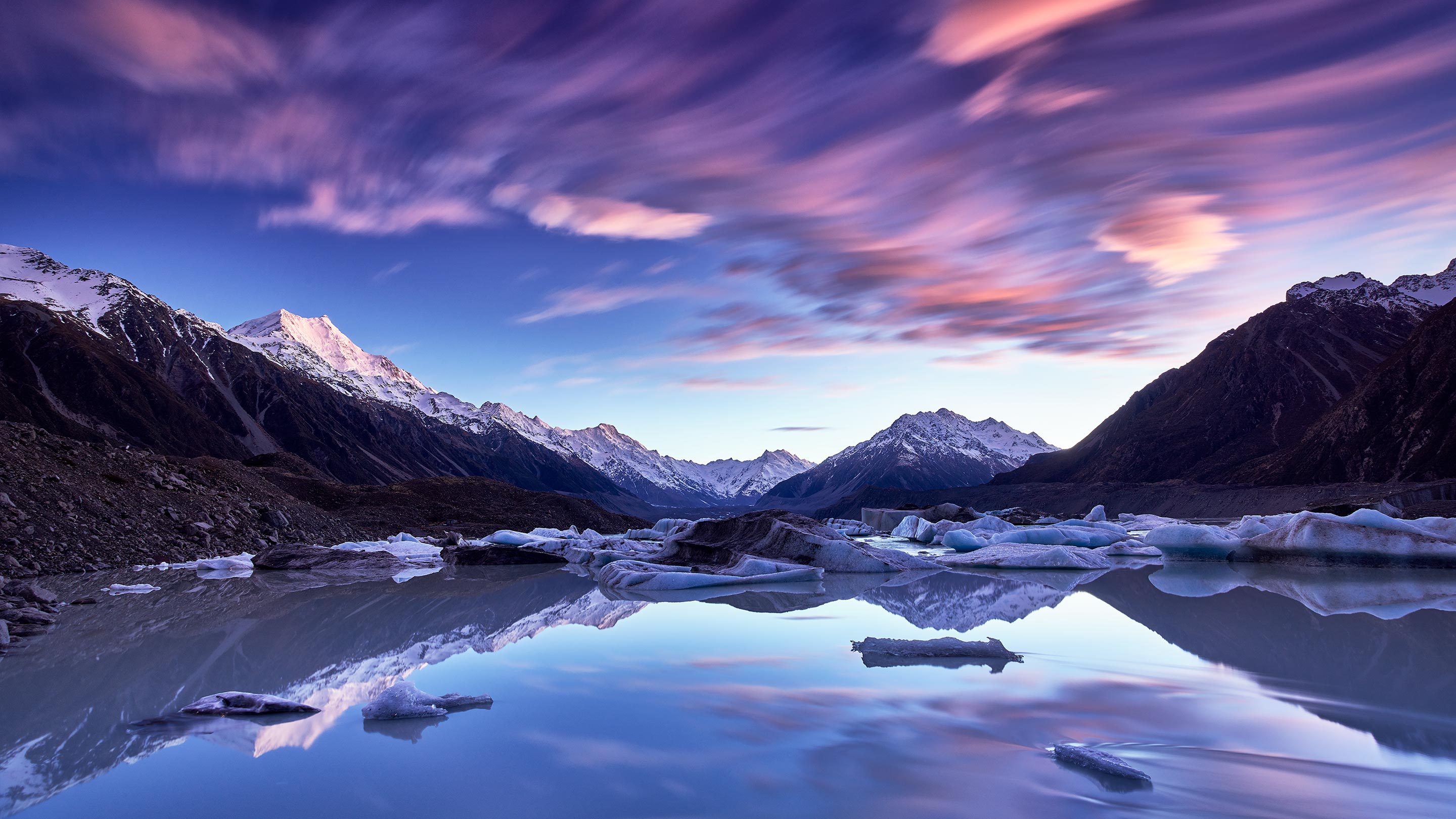Art Bounty
Discover the vibrant world of art and creativity.
Capture the World: Tips to Make Your Travel Photos Pop
Unlock the secrets to stunning travel photos! Discover expert tips to make your adventures shine and captivate every viewer.
10 Essential Tips for Capturing Stunning Travel Photos
Capturing stunning travel photos requires a combination of technique and creativity. Here are 10 essential tips to elevate your photographic skills on your next adventure:
- Plan Your Shots: Before you arrive at a location, research the best viewpoints and times to visit for optimum lighting.
- Use Natural Light: Aim to shoot during the golden hours—shortly after sunrise and before sunset—for softer, warm lighting.
- Experiment with Composition: Utilize the rule of thirds to create balanced and engaging photos. Don't be afraid to break the rules occasionally!
Additionally, remember to pack the right gear to enhance your photography experience. A lightweight tripod can vastly improve your stability, especially in low-light conditions. Here are more tips for capturing stunning travel photos:
- Tell a Story: Use your images to share the essence of your journey. Focus on capturing moments that convey emotion.
- Be Patient: Wait for the right moment when a scene comes alive with people or animals to make your photo pop.
- Post-Process Wisely: Editing can enhance your travel photos. Adjust brightness, contrast, and saturation to achieve the best results.

How to Choose the Best Lighting for Your Travel Photography
When it comes to travel photography, lighting plays a crucial role in determining the overall quality and mood of your images. To choose the best lighting for your shots, start by considering the golden hours—shortly after sunrise and before sunset—when natural light is soft and warm. During these times, colors are more vibrant and shadows are less harsh. Alternatively, overcast days can provide diffused light that reduces contrast and is ideal for capturing intricate details without glaring highlights.
In addition to understanding natural lighting, you might want to experiment with different sources of artificial light, especially when shooting indoors or during nighttime. Consider using techniques such as fill flash or carrying portable LED lights to enhance your subject without overpowering the ambient light. Remember that the direction of light is equally important; side lighting can add depth and texture while backlighting creates dramatic silhouettes. By mastering these lighting techniques, you'll be well on your way to capturing stunning travel photographs.
What Settings Should You Use for Travel Photography?
When embarking on a travel photography adventure, understanding the right settings for your camera is crucial to capturing breathtaking images. Start by setting your camera to Aperture Priority mode (often indicated as 'Av' or 'A'), which allows you to control the aperture while the camera automatically adjusts the shutter speed. This is particularly useful for achieving beautiful depth of field effects, making your subjects stand out against soft, blurred backgrounds. A good rule of thumb is to use a wider aperture (lower f-number) for portrait shots and a narrower aperture (higher f-number) for landscapes.
In addition to aperture settings, pay attention to your ISO and shutter speed. For most daylight situations, an ISO of 100-400 will suffice, allowing for clear and vibrant images without too much noise. However, when photographing in low light or during sunset, increasing the ISO can help maintain exposure. Keep in mind the golden rule: your shutter speed should be at least equal to the focal length of your lens to avoid motion blur. A simple checklist might look like this:
- Use Aperture Priority mode (Av/A).
- Set ISO between 100-400 for daylight.
- Adjust shutter speed to avoid motion blur.